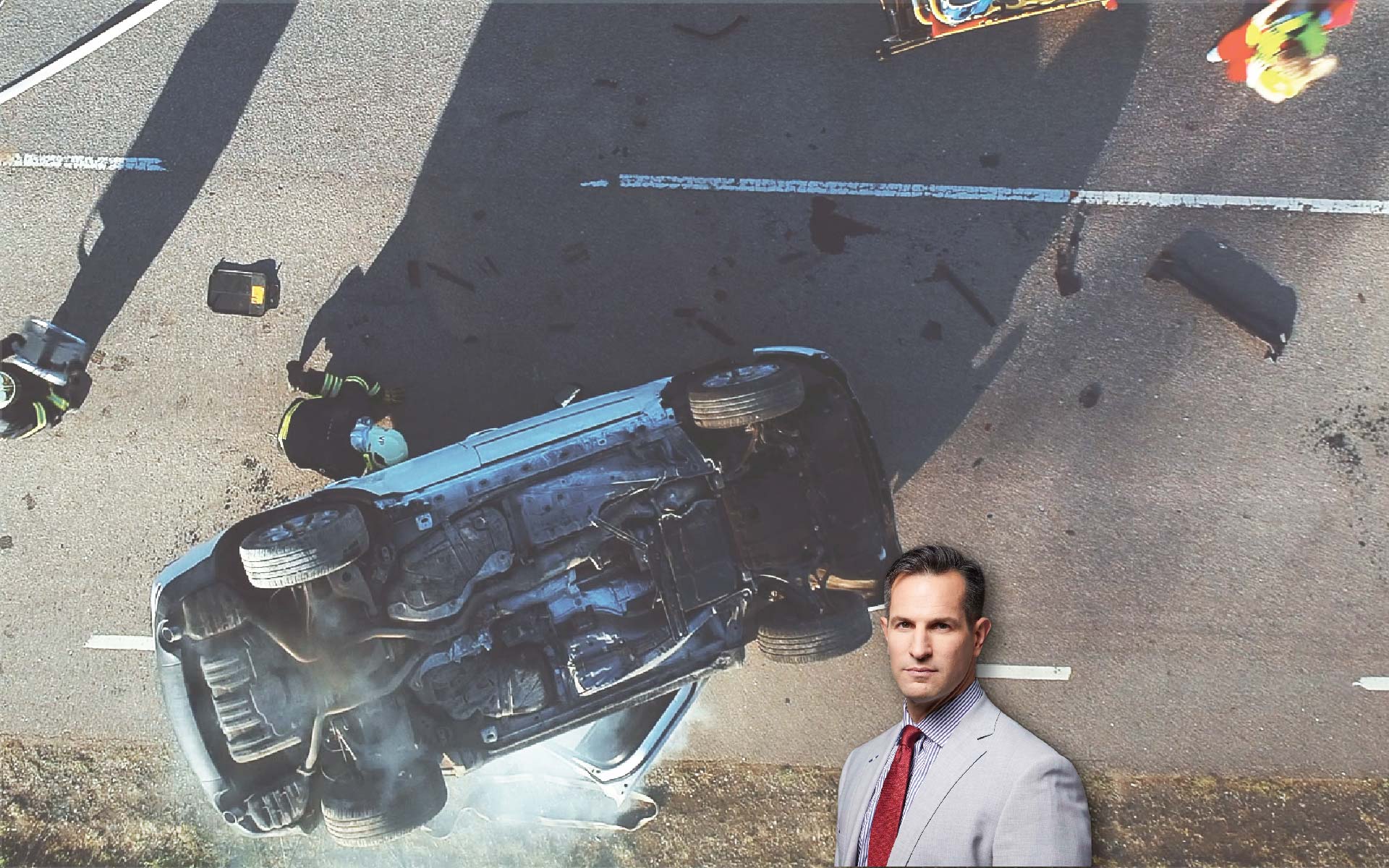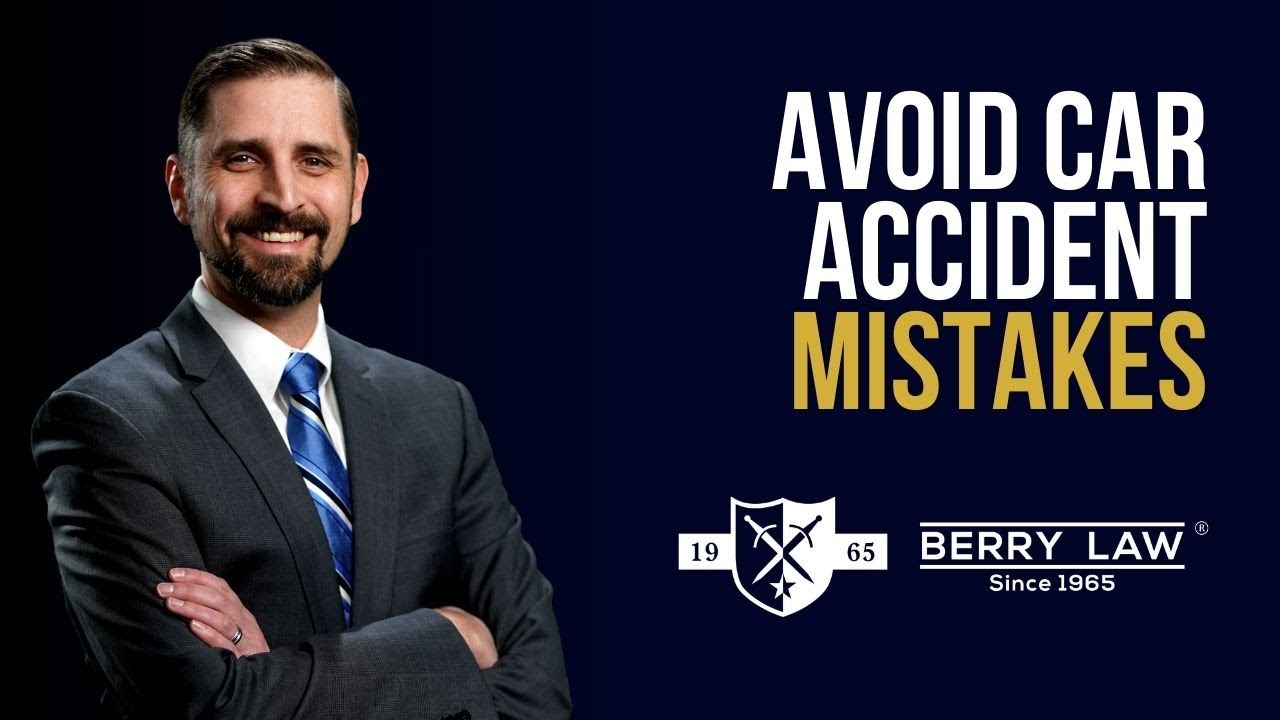A quarter of all new vehicle sales in the U.S. each year are sport utility vehicles or SUVs, making them the most popular type of motor vehicle in America today. Appreciated for their sporty appearance and spacious interiors, SUVs are deceptively marketed as being safe, sturdy, and rugged. This image lulls consumers into a false sense of security that an SUV will protect them and their loved ones in the event of an accident.
In reality, SUVs have historically had the highest rollover accident involvement rate of any vehicle type. Rollover accidents are among the most dangerous and deadly type of motor vehicle accident, second only to head on collisions according to the Insurance Institute for Highway Safety (IIHS). An SUV’s size, shape, and weight distribution make them particularly susceptible to rollovers.
The National Highway Traffic Safety Administration (NHTSA) reports that 58,000 people are injured in SUV rollover accidents each year, with 4,500 of those resulting in a fatality. Rollover SUV accidents occur when a vehicle turns onto its side or roof, causing the roof to collapse into the cabin and crush drivers and passengers. Such trauma frequently causes grave head and neck injuries, as well as puncture wounds from broken metal and glass.
If you have sustained serious physical injuries as a result of an accident involving a sport utility vehicle, the personal injury attorneys at Berry Law can help you recover the compensation owed to you due to a vehicle manufacturer’s design flaws.
What Makes SUVs Susceptible to Rollover Accidents?
- Roof Strength Deficiencies
Federal laws require passenger cars weighing less than 6,000 pounds to have roofs that can withstand one and a half times their weight. However, this requirement does not extend to SUVs, increasing the risk of serious injuries during a rollover. - Lack of Roll Bars
Many SUVs lack roll bars, which are crucial for reducing body roll during fast cornering or rough terrain. Manufacturers often omit roll bars due to the additional costs, despite their potential to save lives. Due to the fact that roll bars are costly to install, and since there is no federal requirement to include them in SUVs, many manufacturers still don’t bother to factor them in to SUV design models. This oversight is shocking, considering that 50 percent of all single-vehicle accident fatalities are the result of a rollover crash, with 63 percent of those involving an SUV. - Other Design Flaws
Other SUV design issues include seatbelts that unlatch, airbags that fail to deploy, and doors that open during rollovers, further endangering passengers.
What Causes Vehicle Instability in SUVs?
- High Center of Gravity
The top-heavy design of SUVs makes them more prone to tipping during sudden braking or changes in direction. - Overcorrection
Defensive driving maneuvers, such as oversteering to avoid hazards, can cause SUVs to lose stability. - Uneven Surfaces
Driving on loose gravel, uneven terrain, or off-road can result in rollovers. - Faulty Tires or Brakes
Tire blowouts and poorly designed suspension systems also contribute to instability. - Added Top Weight
Overloading SUVs with cargo increases the risk of a rollover crash.
What Happens in an SUV Rollover Accident?
When an SUV rolls over, occupants may sustain serious injuries, including:
- Traumatic brain injuries (TBI)
- Spinal cord injuries, which can lead to paralysis
- Broken bones, lacerations, and bruises
- Fatalities, often resulting from ejection or violent impacts inside the vehicle
Berry Law’s Team Provides You With Multiple Attorney Perspectives
How to Avoid an SUV Rollover Accident
- Drive Carefully
Avoid excessive speeding, sudden turns, and aggressive driving. - Maintain Your SUV
Ensure tires are in good condition and properly inflated. - Avoid Overloading
Do not exceed the weight capacity of your SUV. - Use Seatbelts
Regularly wear seatbelts and encourage passengers to do the same.
Who is Liable for Damages in an SUV Rollover Accident?
Automobile manufacturers have been held liable in the past for defective SUVs that led to serious injuries or death. A product liability claim is a type of personal injury lawsuit that holds the vehicle manufacturer responsible for damages from an SUV rollover accident.
Only an Omaha car accident attorney can help you to determine whether liability rests with your vehicle’s manufacturer, a negligent driver, or a little of both. This determination is typically based on some combination of the following:
- Defects present in the vehicle at the time of the accident.
- Weather or road conditions at the time of the accident.
- Driver error.
- The cause of the vehicle tipping that led to the rollover accident.
- The nature of the injuries sustained by drivers or passengers, and whether or not they were a direct result of the vehicle rolling.
What Should I Do if I’ve Been Injured in a Rollover SUV Accident?
Investigating an SUV rollover can be complicated and time consuming and often requires the expertise of witnesses who understand vehicle design and accident reconstruction. An experienced Omaha personal injury attorney can help lead the investigation into your accident claim and will know when to involve experts to assist in proving the case.
Hire a car accident lawyer to begin investigating your case today. Compensation for an SUV accident can include reimbursement for medical costs, lost income, out-of-pocket expenses, pain and suffering and more. Having legal representation is critical because insurance companies will often encourage victims or their families to file a claim and settle right away, leaving them without the ability to receive further compensation in the future for injuries that may not present themselves immediately.
How Long Do I Have to File a Suit for My SUV Rollover Accident?
While it’s important to wait to file a personal injury suit until after you have calculated all of your losses, you don’t want to wait so long that you miss meeting the statute of limitations. Nebraska Revised Statute 25-207 gives accident victims and their families up to four years from the date of the accident to file a personal injury claim and two years from the date of the accident to file a wrongful death suit.
You must file a claim within the statute of limitations to receive any compensation. Even if you are in the process of negotiating the terms of a settlement with an insurance company, you should still file your case in court within the statute of limitations so that you don’t risk walking away with less than what you deserve or anything at all.
To get started on the process of resolving your claim, reach out to our firm today.



